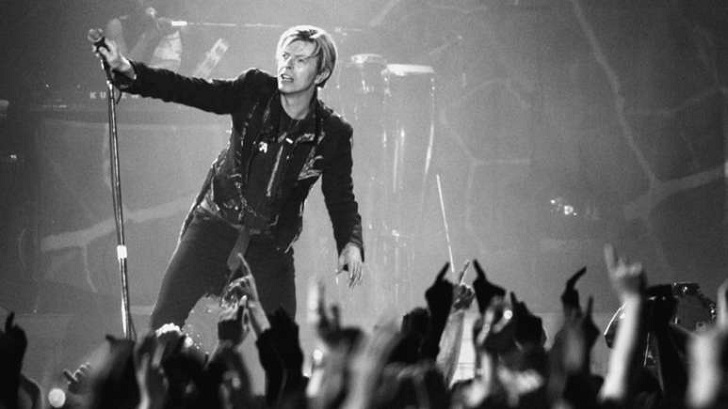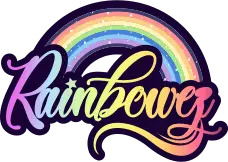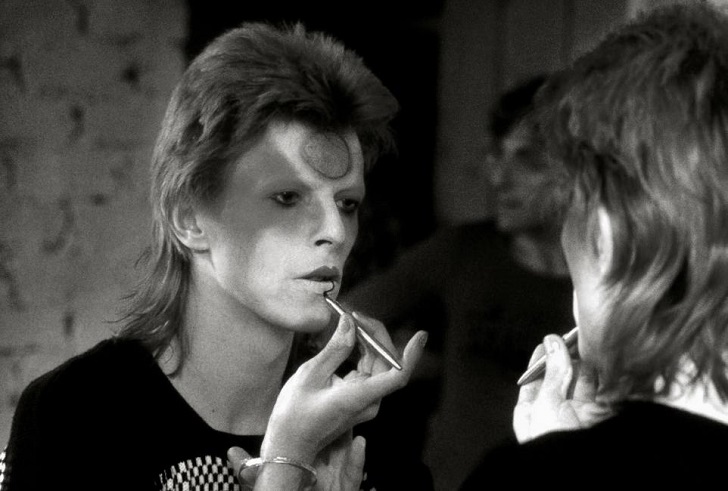Did people acknowledge David Bowie's sexuality back in the eighties? This question surfaces frequently when reflecting on Bowie's legacy. In 1972, David Bowie declared, "I'm gay," in an interview with England's Melody Maker. This bold statement was groundbreaking, especially considering the era's cultural climate. Bowie, already an emerging star, was stepping into the limelight not just for his music but for his identity, which was intertwined with his artistic persona.
Society’s Struggles with Sexual Identity During the Eighties
In the eighties, society was still grappling with the complexities of sexual identity. The LGBTQ+ movement was gaining momentum, but mainstream acceptance was far from widespread. Bowie, with his androgynous style and ambiguous sexuality, challenged norms and provoked discussions. Yet, how much did the general public and his fans truly acknowledge or understand his sexuality during this time?
The Perception of Bowie’s Persona Versus His True Identity
During the early eighties, Bowie had already established himself as a music icon known for pushing boundaries. His declaration of being gay and later identifying as bisexual was both a personal revelation and a calculated move that aligned with his Ziggy Stardust persona. While his sexuality was acknowledged, it was often viewed through the lens of his art. Many saw it as an extension of his theatrical performances rather than a genuine expression of identity.
Media’s Influence on Public Perception of Bowie’s Sexuality
Mainstream media played a significant role in how Bowie's sexuality was perceived. The eighties were marked by a mix of fascination and discomfort with non-heteronormative identities. Bowie’s image, often portrayed as flamboyant and avant-garde, was sometimes dismissed as mere performance art. For many, his sexuality was seen as part of his "rock star" persona rather than a defining aspect of who he was as a person. This allowed some to admire his work without fully confronting the implications of his sexual identity.
Bowie’s Influence on Fashion, Music, and LGBTQ+ Representation
Bowie's influence on fashion and music in the eighties cannot be overstated. He inspired a generation of artists and fans who resonated with his message of self-expression. However, while his androgynous style and bold statements about sexuality made waves, they did not necessarily translate to widespread acceptance of LGBTQ+ identities. The general public’s acknowledgment of his sexuality was often superficial, focusing more on his influence on pop culture rather than the deeper significance of his identity.

Roxana Loomes | MSN | In the eighties, people focused more on Bowie's influence on pop culture rather than the deeper significance of his identity.
The Impact of the Eighties’ Social and Political Climate on Bowie’s Sexuality
The era's social and political context also influenced how Bowie's sexuality was received. The eighties were a time of conservatism, with the AIDS crisis fueling fear and stigmatization of the LGBTQ+ community. In this environment, Bowie's sexuality was both a symbol of rebellion and a point of contention. While he undoubtedly inspired many within the LGBTQ+ community, his public image was often sanitized for mass consumption, with his sexuality downplayed or ignored altogether by some segments of society.
David Bowie’s Role in Shaping Perceptions of Sexual Identity
Despite these challenges, Bowie’s impact on the perception of sexuality in the eighties was undeniable. He was one of the few mainstream artists who dared to blur the lines between gender and sexual identity. His openness about his sexuality, although not always fully embraced or understood, paved the way for future generations of artists who would continue to challenge societal norms.







